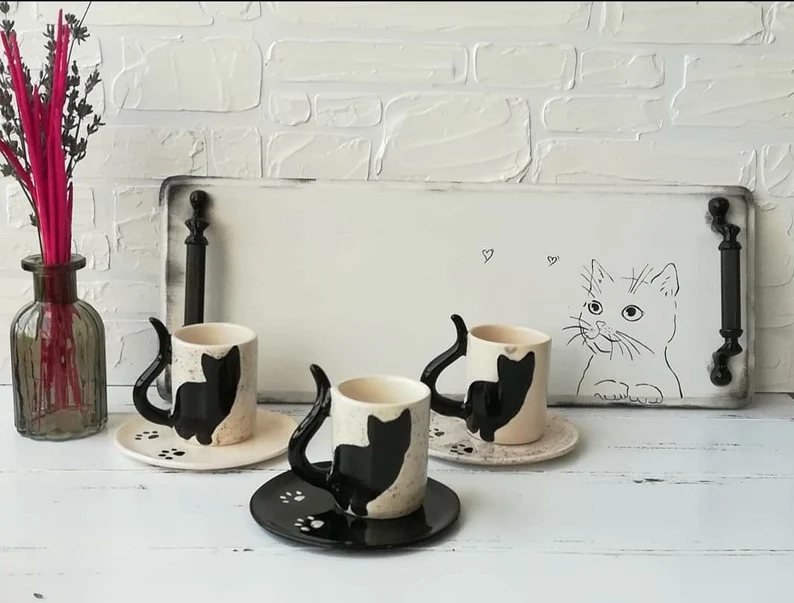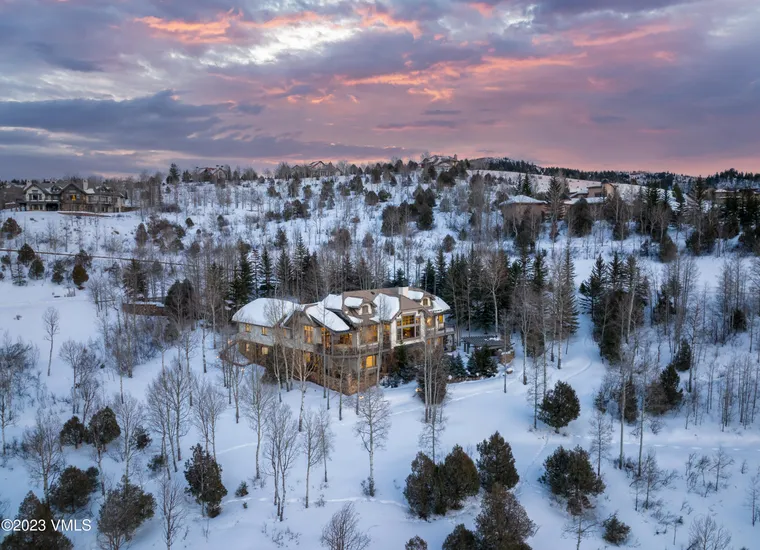A great wine cellar is all about creating a controlled environment. Whether it is located in a sprawling mansion or in a tiny apartment, design options are virtually limitless. However, if temperature and humidity are not controlled properly, your precious wine may not age in the right way.
Our wine cellar ideas roundup showcases some of the most creative designs. If you are thinking of setting up your own wine cellar at home, these design ideas and guidelines should provide some inspiration.
Wine Cellar Climate Control
Climate control will make or break your wine cellar. Wine is a delicate thing. It tolerates temperature and humidity changes only within a narrow band. If it goes above or below, then the aging process is likely to go awry.
When it comes to temperature, 55 degrees Fahrenheit (1.8 degrees Celsius) is the accepted sweet spot. A range of 3-4 points above or below this temperature is acceptable. In chemistry, we learn that an increase in temperature increases the rate of reaction. If your wine cellar is too warm, your wine will age too quickly and produce other unwanted reactions. This will damage the quality and taste of the wine. On the other hand, if the conditions are too cool, chemical reactions slow down and your wine ages at a much slower pace.
There is also another aspect of temperature that can damage the wine and that is variability. Without proper climate control, temperatures in the wine cellar will keep swinging between cold and hot. In many cases, the cork sealing the wine is not 100% airtight. As it expands and contracts with temperature variations, oxygen finds its way inside the bottle. As any wine connoisseur knows, too much wine will damage wine flavors because of over-oxidation.
As for humidity, the slightly damp conditions of a basement are actually good. Slightly high humidity keeps the cork from drying out, which could compromise the quality of the seal. The ideal humidity level is 57%, with an ideal maximum of 70 percent and minimum of 50 percent. If it goes too high the biggest risk is the development of mold in the cork, which could damage the wine. Additionally, it can damage any labels on the wine bottle.
Once you make a decision to build a wine cellar at your home, your first consideration should be maintaining the right conditions all the time. How you do this will depend on the size of the wine cellar and where it is located. A large basement wine cellar will require considerably more work in climate conditioning compared to a small wine cellar. If you opt for a pre-made wine closet or cabinet; chances are that it comes with climate control mechanism already installed, relieving you of most of the burden.
Here are some of the climate control actions you need to take when building a wine cellar:
* Full room insulation to keep temperatures at a steady range. Make sure the insulation is also a good vapor barrier.
* For large wine cellars, a wine cooling system may be necessary. This will also require an adequately sized exhaust room to absorb expelled heat.
* If the location of the wine cellar tends to get too dry, a humidifier will be required.
Location
The basement is one of the most common places to locate a wine cellar. It provides a large space to set up a decently sized wine cellar and is fairly easy to maintain in terms of temperature and humidity. Unlike other rooms in the house, the basement does not experience much variation in both temperature and humidity.
If you do not have a basement or it is being used for some other purpose, look for a corner of your house that is not in the direct line of sunlight or draft. One increasingly common and creative idea is to set up a mini-cellar under the stairs. Often enclosed by glass, under-the-stairs wine cellars can look quite dramatic especially when you plan the lighting properly. If you have a pantry with no windows, that would also make an ideal location for a wine cellar. If you have bar area, you can set up a small wine storage cabinet behind the bar.
Generally, the location depends on the size and design of your home. Wherever you decide to locate it, make sure you are able to control the conditions so as to maintain the integrity of the wine.
Storage
Once you have decided on location, you need to figure out what kind of storage you are going to use. Most people opt for wine racks. Wine racks come in a wide range of styles and some companies even offer custom made options.
Even in a small wine cellar, racks can take up surprisingly little space, allowing you to store a significant number of bottles in a limited area. Most wine racks are made from wood though you will come across other made from metal. Make sure you choose the right size. Some racks are small enough to be set down just about anywhere in the house. Others will take up an entire room. For really vast storage, such as one consisting of hundreds or thousands of bottles, consider getting custom wine racks that perfectly match your needs. One other thing to be careful about when buying wine racks is the size of the opening. Some bottles such as Magnum and champagne bottles require large openings.
If you need smaller wine storage, there are many options beyond a wine rack. You can have a wine refrigerator small enough for 50 bottles or a bigger one for a couple hundred bottles or more. Another option is a walk-in vault. These vaults are mini-cellars complete with built-in storage and climate control. Other storage options include wine cabinets and wine lockers.
Design and Lighting
Design is an essential part of wine cellars. After all, the collection is a point of great pride for its owner. The design needs to reflect that. When designing a wine cellar, consider working with a contractor to decide on these design elements.
Many wine enthusiasts opt for hardwood flooring to match the wooden wine racks on the walls. Others opt for stone flooring to contrast with the wood racks and create a vintage style. Glass is also a popular material especially for enclosing smaller under-the-stairs wine cellars.
One of the most important aspects of the design is the lighting. There are two things to consider when deciding what kind of lighting to install. One is of course the style. Do you want a warm darker feel or a brighter futuristic vibe? A good idea is to install lights that can change color to reflect the current mood. The second issue is heat. Halogen or incandescent bulbs should never be used because they emit too much heat, which is bad for the wine. LEDs are the best. You can choose from puck lights, strip LEDs or track lights depending on the style you are going for.
Try to highlight specific areas such as wine racks and any other interesting displays. You can also have an assortment of overhead lights providing general illumination.
Bonus Tips
Here are a few extra tips to keep in mind:
* Select a strong door that is insulated to protect the wine cellar climate. If you want a glass door, make sure it has exterior-grade insulation and should be double-paned. Ideally, a wine cellar should not have windows. If they are present, they should be as properly insulated as the door.
* For flooring, most materials including wood, tile, vinyl and marble are acceptable. The only no-no is carpet. It will develop mold and mildew because of the high humidity levels.
* For a large wine cellar, consider adding a tasting center. This often consists of a table and chairs. Add more seating space if you plan on holding tasting events often.
* Don’t forget about security. Always keep the door to the wine cellar locked to prevent any unauthorized individual from going inside. For really big collections, install a monitoring alarm system as well as cameras.
Setting up a wine cellar is no easy task. There are so many components to work on including storage, climate control, design and security. But if you love your wine, there is no end to the enjoyment after the wine cellar is complete. It becomes a personal sanctuary where you can relax, be happy and admire your priceless collection.
Hot Concierge recommendation
We highly recommend Spiral Cellars for the most extraordinary custom wine cellars. They offer a considered and extensive portfolio of cellaring options, incorporating everything from signature eponymous underground cellars, to wine cabinets, wine walls and beautifully bespoke wine rooms. Additionally, they provide a number of convenient wine management services including a wine relocation and inventory service and an in-house wine concierge service, Spiral Cellars Wine. Whatever your cellaring and wine management needs may be, Spiral Cellars can provide you with the perfect solution.
PRICE GUIDE
A Spiral Cellar costs in the region of £24,000 – £70,000. However, when purchased in a KIT format and installed by an experienced independent build team, the cost drops to as little as £18,500.
For further information or to request a brochure
Call: +44 203 815 3329
Email: info@spiralcellars.com
Source Sebring Design Build














